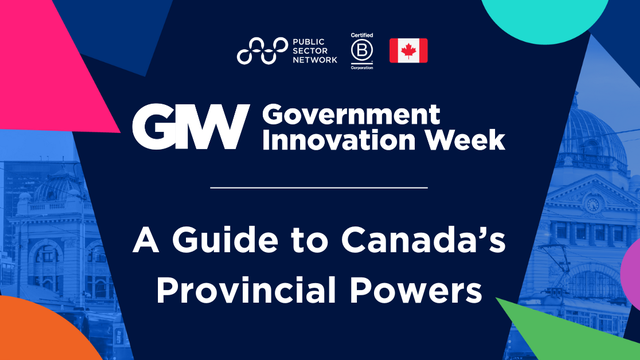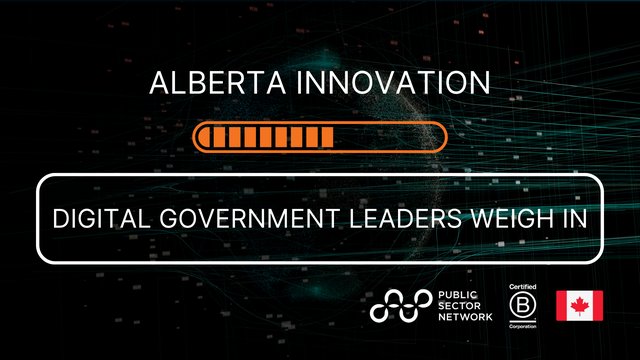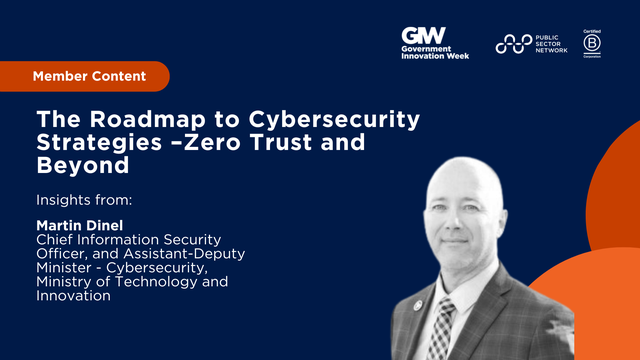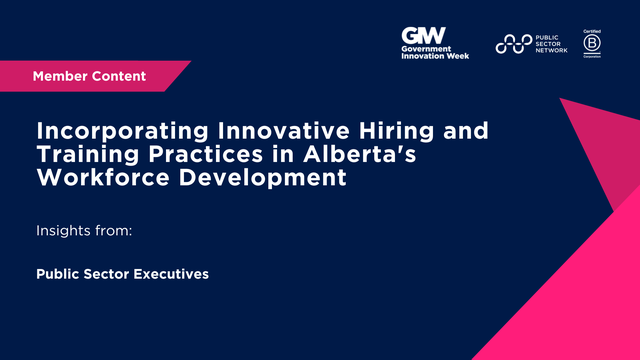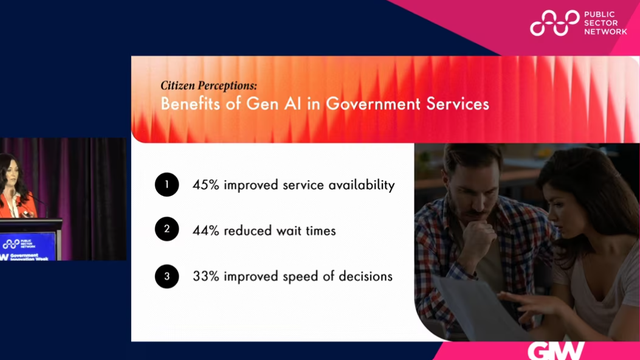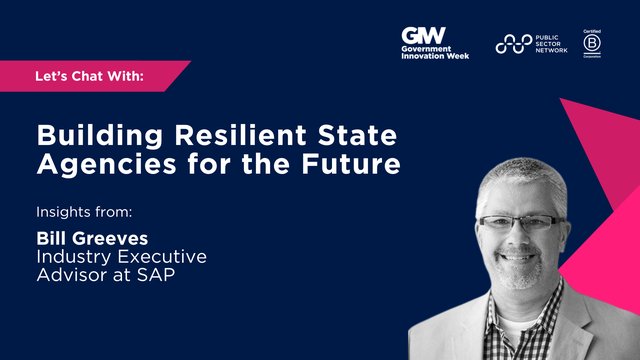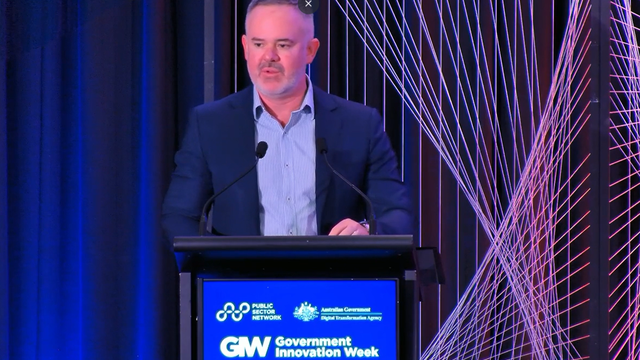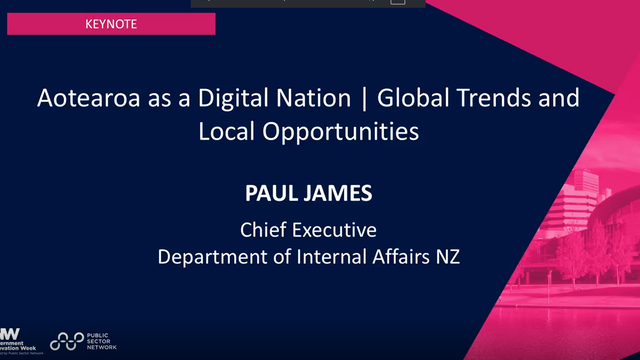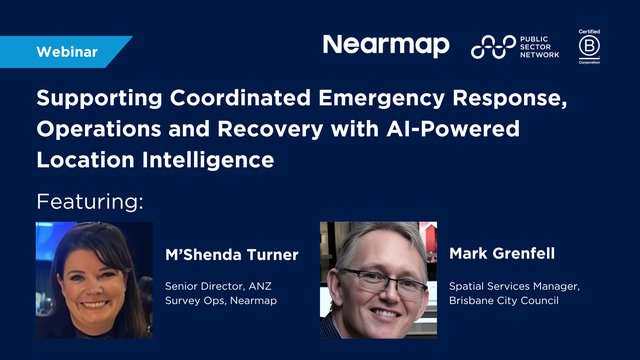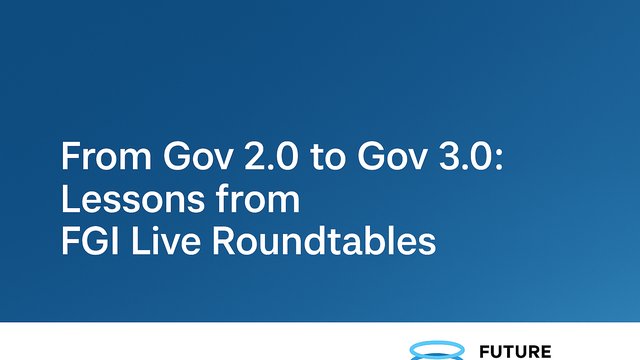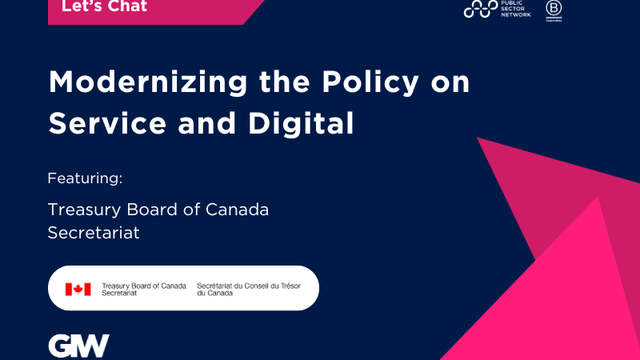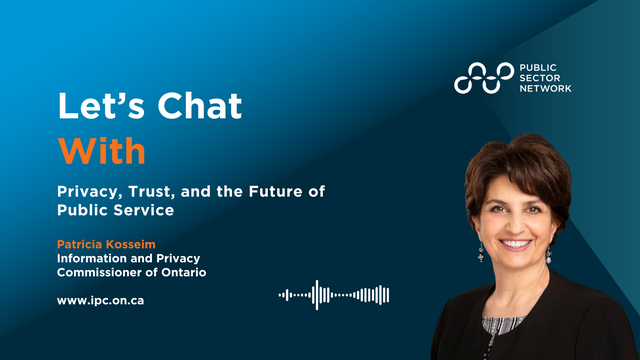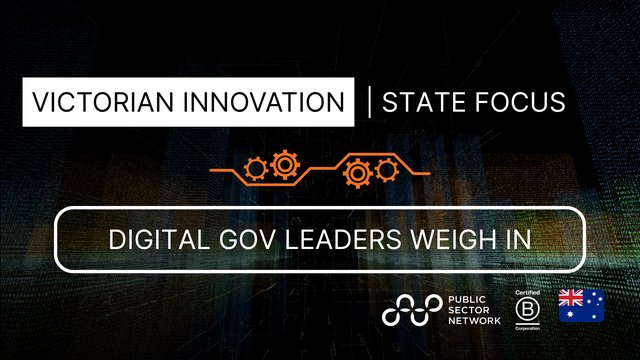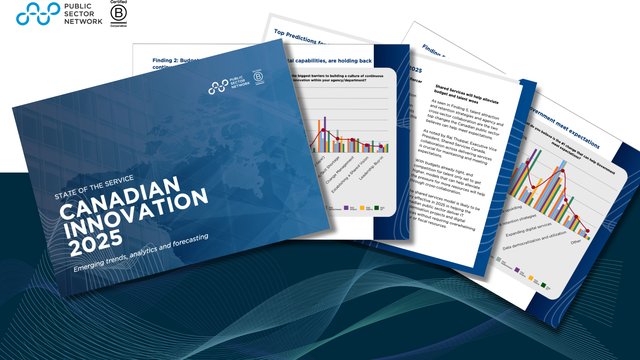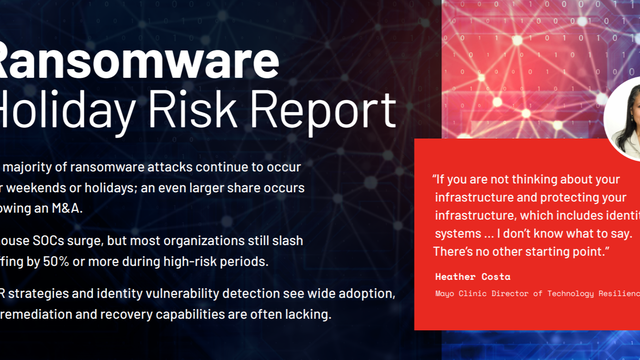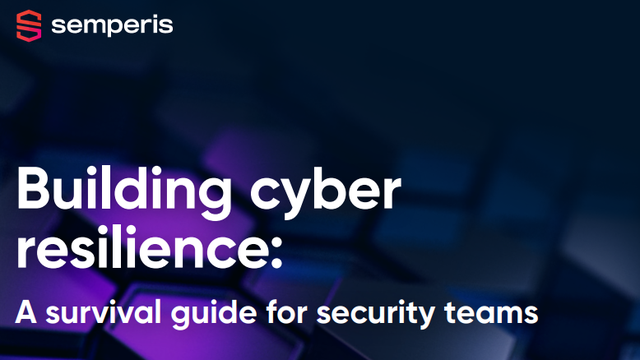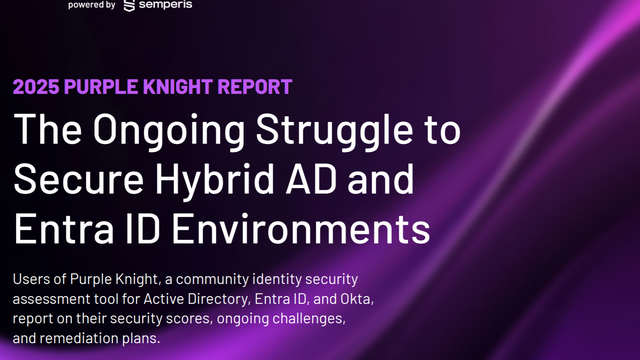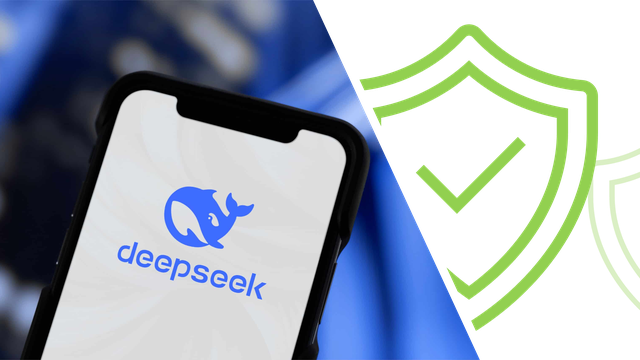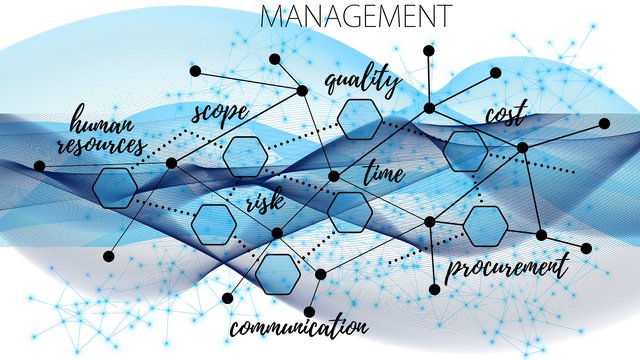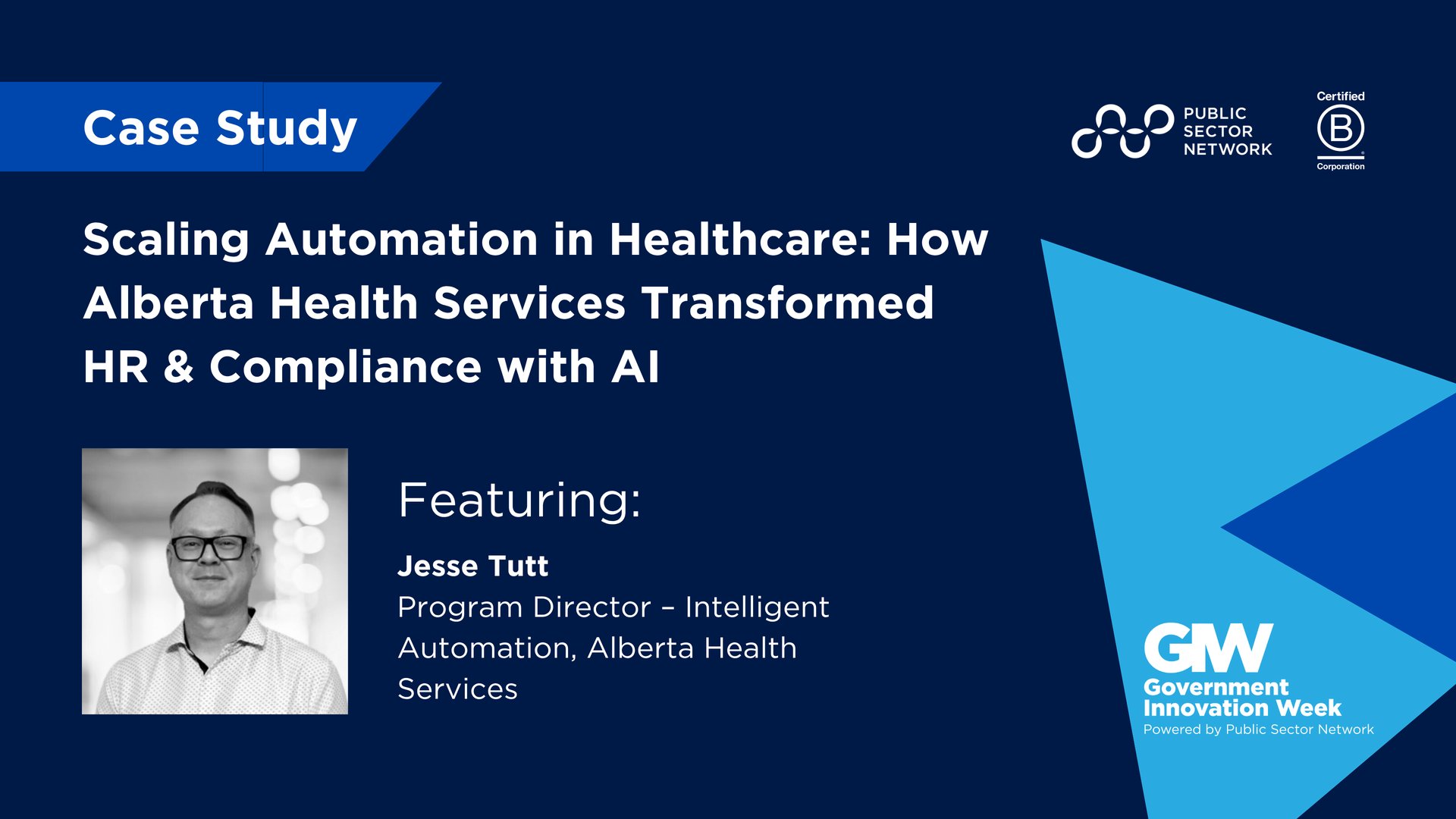
Leading up to Government Innovation Week Alberta, we spoke with Jesse Tutt, Program Director – Intelligent Automation at Alberta Health Services (AHS), about his upcoming session: "Creating an Intelligent Automation Program: A Roadmap to Success in 2026."
Government innovation isn’t just about technology—it’s about transforming operations, improving service delivery, and empowering public sector employees to focus on what matters most. AHS’s automation journey is a case study in agility, leadership, and measurable impact, proving that even in highly regulated environments, intelligent automation can drive efficiency, enhance compliance, and free up critical resources.
If you’re in government or healthcare and want to cut through bureaucracy, reduce manual work, and accelerate digital transformation, AHS’s blueprint is a must-study. Jesse's lessons apply far beyond healthcare—any public sector leader can adopt these strategies to drive innovation.
Session Sneak Peak: Creating an Intelligent Automation Program: A Roadmap to Success in 2026
The Big Win:
In the first 12 months, AHS’s automation program focused on automating manual work done by the HR department to offset the demand that hiring 10,000 staff needed to battle COVID-19 had on the department. HR automations included drafting and sending out offer letters, cancellation letters, position change requests, regret letters, etc. The tipping point came as word got out that the team could demonstrate results and significant savings quickly and in a low-risk manner. Leadership saw the potential to not only save resources but also improve patient care and staff satisfaction, and were very supportive of identifying new opportunities.
The Roadmap:
One critical step that many organizations overlook is visible and executive sponsorship – ideally two sponsors reporting to the CEO. All innovation teams struggle with limited operating and capital to get started, resistance from owners giving access to their systems, privacy, regulatory, and risk concerns, etc. Visible executive sponsorship makes all of these items easier, leaving the intelligent automation team to focus on work which yields results.
High-Impact Use Cases:
The top ROI automation opportunities to date have been supporting onboarding, fax and document automation (extracting data from PDF documents and loading it into enterprise systems), and report generation. These are all highly manual and involve multiple departments. Automating these processes saved significant time and improved new staff onboarding efficiency.
Beating the Odds:
The number 1 reason automation programs stall is a lack of grit. For any leader of an automation committee or intelligent automation team, identifying and automating manual tasks isn’t easy. There are many roadblocks a team will run into, from leadership, director, manager, and staff support to getting access to key systems, technology, and human staff, etc. Most times, business and IT owners raise internal audit, risk, privacy, and ethics concerns, which take time to address the first few times you engage them. All in all, the work is rewarding and needed to scale your program, but is not always fun. 😊
Risk & Ethics:
Given healthcare’s strict privacy, risk, legal, and ethics regulations, it was crucial that the team work closely with each compliance team. One way this work was enhanced was that each area was asked for a single representative to be assigned to the governance committee. This enabled the automation team to engage one person for each new automation request rather than needing to train whoever was assigned each time a new automation was received. After meeting with each assigned resource and training them on what Intelligent Automation does, the overall consensus is that this work is less risky than if staff did it, since the automations do not make mistakes and work 24x7, meaning responsiveness is increased. Our advice to those in similar industries is to prioritize transparency, engage, and welcome compliance teams with open arms – ideally before you start, since they are important advocates for your program.
The Future of Automation in Government:
By 2026, successful automation programs will be distinguished by their ability to scale automations effectively across departments and integrate AI. In many ways, the majority of automation opportunities are really about using AI to automate manual tasks, which requires automation to grab the data out of the system, transform it with AI, and then load it back in. To be successful, innovation leaders must adopt Agile, create a culture of educated risk tolerance and acceptance, and focus on implementing automations as soon as they can free even a little capacity in the business.
Join Us at Government Innovation Week Alberta
The future of government isn’t just coming—it’s being built right now. If you’re ready to learn from pioneers like Jesse Tutt, network with top innovators, and discover how to implement automation and AI at scale, then you can’t miss Government Innovation Week Alberta in Edmonton.
Register Now: publicsectornetwork.com/events/government-innovation-week-alberta-edmonton-2025/
Be part of the transformation. See you there!

